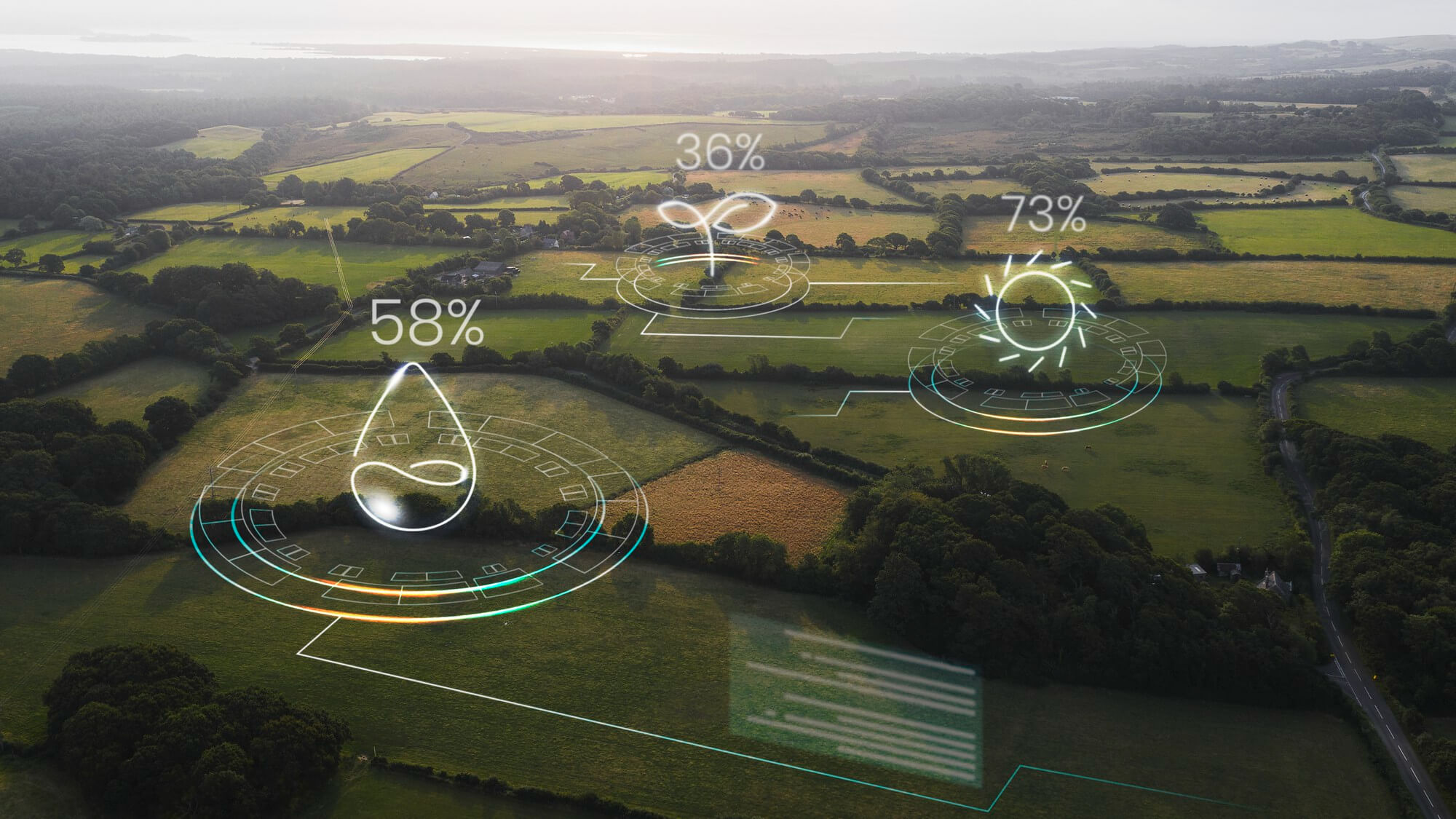Introduction: The carbon obsession
If there is one number that dominates today’s conversation on sustainability, it is carbon. Every company talks about carbon emissions. Every investor tracks carbon footprints. Every government sets carbon targets.
And I get it. Carbon is at the center of climate change, and we absolutely need to reduce emissions. But here’s what worries me: our obsession with carbon is making us blind to everything else.
A company can reduce its carbon footprint but destroy biodiversity. It can be “carbon neutral” while still exploiting communities. It can look good in numbers but cause damage in reality.
That’s why I believe sustainable finance has to go beyond carbon. If we really want to measure sustainability, we need to measure biodiversity, human well-being, and social impact—not just CO₂.
⚠️ The danger of single-metric sustainability
Carbon is important, but it is not the whole story. Focusing only on it creates three big dangers:
- Ignoring biodiversity loss
Forests can be replanted for carbon credits, but biodiversity lost in the process may never return. A monoculture plantation may absorb CO₂, but it is not the same as a living forest full of species, insects, and natural cycles.
- Overlooking water and soil
Agriculture projects might lower emissions per ton of food, but at the cost of depleting water or degrading soil. Finance doesn’t see it, because it only looks at carbon numbers.
- Forgetting people
A company can achieve “net zero” while paying poverty wages, displacing communities, or relying on child labor. If sustainability is reduced to carbon, then social justice disappears from the picture.
For me, this is the real danger: carbon becomes the new “excuse” for ignoring deeper problems.
🌱 What we should measure instead
So if carbon is not enough, what else should finance measure? I see three big dimensions.
- Biodiversity
We need metrics that show how companies protect or restore ecosystems. Not only how many trees are planted, but what kind of trees, how many species are preserved, how much land is regenerated.
- Human impact
Finance should measure how people are empowered. Are women included? Are workers paid fairly? Do communities gain resilience from projects? These are not “soft” questions—they are central to real sustainability.
- Regeneration
The ultimate question is: does this project or company leave the world better than it found it? True sustainability is not about doing less harm—it’s about creating positive cycles of regeneration.
📝 Why carbon-only metrics mislead us
Let me give an example.
Imagine a mining company that offsets its emissions by planting trees. On paper, it is “carbon neutral.” But on the ground, it destroys ecosystems, pollutes rivers, and displaces local people.
Another example: a tech company invests in renewable energy to reduce its carbon footprint, but its supply chain relies on child labor for cobalt mining. Again, the numbers look good, but the reality is destructive.
This is why I say carbon-only metrics are misleading. They allow companies to look “green” while still causing deep harm.
💡 Towards multi-dimensional finance
So how do we move beyond carbon? I believe finance needs a new approach—multi-dimensional metrics that reflect the complexity of life.
Imagine an investor dashboard that shows:
- Carbon emissions (yes, still important).
- Biodiversity restored (hectares of land regenerated, species protected).
- Human impact (jobs created, women empowered, children educated).
- Community resilience (access to water, food security, health outcomes).
This would completely change how we see “sustainable investments.” It would reward companies that regenerate life—not just reduce emissions.
🌍 Why this matters for Africa
For me, this shift is especially important in Africa. Why? Because Africa’s sustainability is not just about carbon—it’s about people, land, and survival.
A renewable energy project in Africa cannot be called “sustainable” if it excludes communities or destroys biodiversity. An agricultural project is not sustainable if it produces for export while leaving local people hungry.
That’s why Africa should not just adopt Western carbon metrics. Africa should push for broader, life-centered metrics that reflect its realities. If done right, Africa could lead the world by showing that true sustainability is about ecosystems and people, not just carbon.
🔮 My vision: Finance that measures life
I dream of a future where finance does not only ask: “How much CO₂ was reduced?” but also:
- “How many ecosystems were restored?”
- “How many families gained food security?”
- “How many women became financially independent?”
- “How much land was regenerated for future generations?”
This is the future of sustainable finance I want to see. A future where finance measures life in all its forms—not just carbon.
🏁 Conclusion
Carbon is important. But carbon alone is not enough. If we reduce sustainability to one number, we risk missing the bigger truth. We risk building a “green” economy that is still destructive, still unjust, still fragile.
For me, true sustainable finance must be multi-dimensional. It must measure biodiversity, human well-being, and regeneration. Because at the end of the day, the goal is not just to reduce harm—it is to create a world where life thrives.
That is the kind of finance Africa, and the world, needs today.


